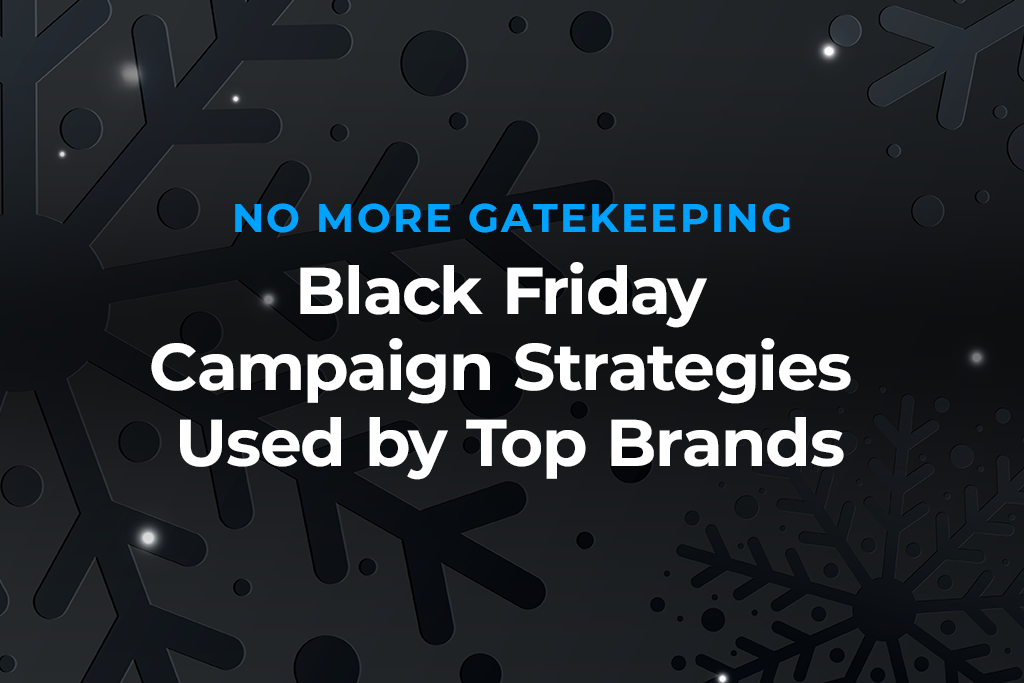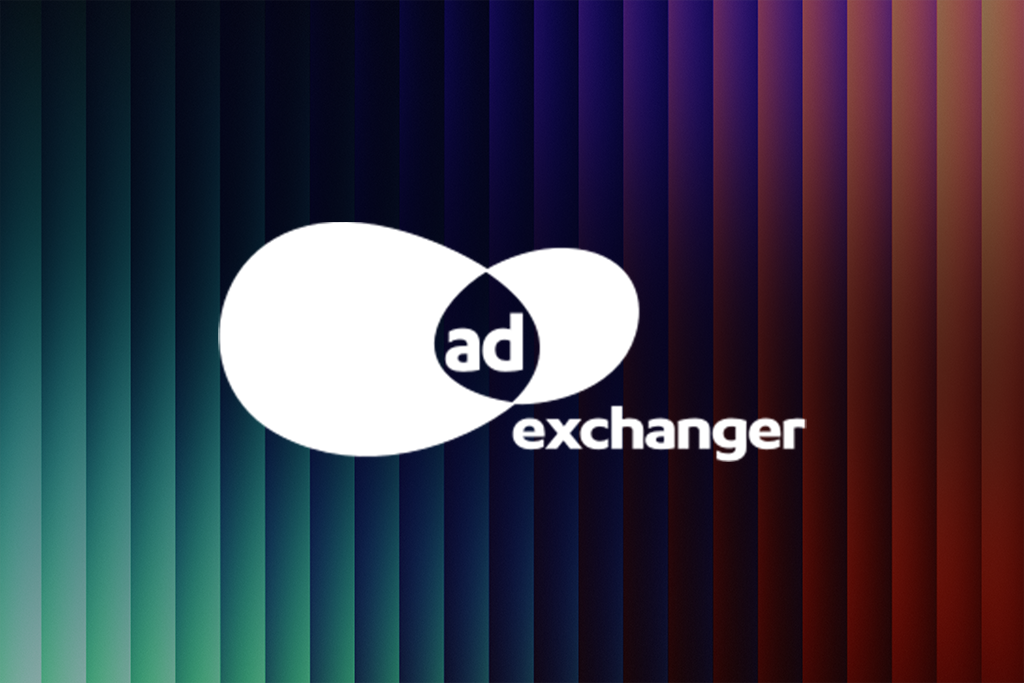
Author: Sam Bradley
With brand budgets under pressure, marketers are reaching for every lever they can pull to make their campaigns more efficient.
One area that’s often overlooked? The creative itself.
Creative quality contributes to nearly 50% of media impact, according to Kantar, ahead of reach or frequency control in the pecking order. Keeping quality consistent isn’t easy, though. For global advertisers with marketing teams and agency relationships sprawling across multiple markets, maintaining hard brand guidelines can be difficult, making creative and attached paid media spend less efficient.
Marketers looking to improve upon that point are increasingly turning to AI solutions from third parties. Diageo, Nivea owner Beiersdorf and FMCG giant Mars, for example, have been working with tech firm CreativeX to use AI-enabled testing and analysis to optimize creative assets across their global marketing spread, and reduce media spend wastage.
In Mars’ case, CreativeX built a database of the brand’s paid creative assets, tagging each element (a background, a logo, a hero product shot, etc). A “pre-flight” tool trained using large language models (LLMs) then used that database — which contains over 300,000 assets and Mars’ historic brand performance data — to assess new creative assets, element by element, against set guidelines.
Should a video intended for Instagram Reels not feature a Mars product logo swiftly enough, or cross some other red line, the system flags it for rejection.
“The idea is: how much media can we shift from going behind ads that simply aren’t fit for purpose, to ads that are actually optimized for the platform, the placement, the audience,” said Paul Brown, global client partner at CreativeX.
According to Laurie Sommer, global communication and media acceleration lead at Mars, less than 30% of Mars’ global creative output met its current quality standards prior to the brand using CreativeX’s solution. Now, she estimates that’s increased to 80% in some markets.
Sommer and Brown told Digiday the solution had saved Mars from wasting “millions” of dollars distributing subpar digital ads, but they declined to give an exact savings estimate. According to a study produced by CPG marketing measurement firm NCSolutions, Mars creative produced for TikTok using the CreativeX system drove 33% more sales than unadjusted creative.
Sommer said the system had helped Mars’ marketers assure the CPG giant’s senior executives “that their digital investment is being spent wisely.” And the timing couldn’t be more ideal: wise investment choices are needed amid the shifting tariff situation in the U.S. and as commodity prices critical for large sections of Mars’ portfolio rise (most of all, cocoa — the cost of which is up 30% on last year).
Mars has used CreativeX’s software for paid media on Meta, Snap, TikTok, YouTube and Pinterest across its product portfolio since 2023, but recently began expanding its use to paid media channels beyond social. According to Sommer, it began extending its use to Amazon online video and display inventory in the first quarter of 2025 (Sommer said that Mars doesn’t yet use it for paid spend on Prime Video, Twitch, or audio).
“Retail media is an area of increased importance and focus for Mars, and Amazon plays a central role in that,” she said, in a follow-up email. “Investing with confidence in retail media platforms is built on a foundation of strong, effective creative that our partnership with CreativeX is helping us realize.”
Mars, which spends some $600 million a year on media, is currently undergoing a review of its commerce, social media, brand, PR and influencer marketing. EssenceMediacom currently holds its global media account.
CreativeX operates on a software-as-a-service (SaaS) model — Brown declined to provide pricing information. But it’s not the only company operating in this space.
Kantar offers a “Link AI” solution which offers pre-emptive perspectives on how well an ad creative will hit with audiences, used by agencies like Whalar, and brands such as Coca-Cola and Unilever. Meanwhile, Clinch offers “Copilot”, an agentic AI tool designed to optimize creative assets; Hyundai and Dentsu are among the latter’s clients.
Clinch’s tool focuses on other efficiency angles, using an AI agent to automate the process of making multiple versions of a brand asset for different platforms and formats. Rather than helping clients stick to effectiveness guidelines, it’s intended to save time.
CEO Oz Etzioni claimed the tool helped a recent unnamed client reduce the time spent “versioning” a campaign for different markets and platforms down from two weeks to three hours.
“Everything has a metric. Everything is measurable. At the end of the day, it’s all performance,” he said.
There are long-term trends at play here. Marketers have been attempting to apply “creative effectiveness” frameworks to their brand advertising more and more in recent years amid thinning budgets (Gartner’s 2024 CMO survey found that on average, marketing budgets had fallen 15% since 2019), while a 2024 Kantar survey found that 9 out of 10 marketers were applying some kind of effectiveness measurement to their creative outputs.
The focus on making sure they’re putting out creative work that’s worth the paid spend behind it has also driven demand for post-flight campaign testing services, such as those offered by System1 or EDO.
Should the spring tariff crisis bloom into a recession in the world’s largest advertising market, marketers will likely redouble such efforts to reduce media waste.







